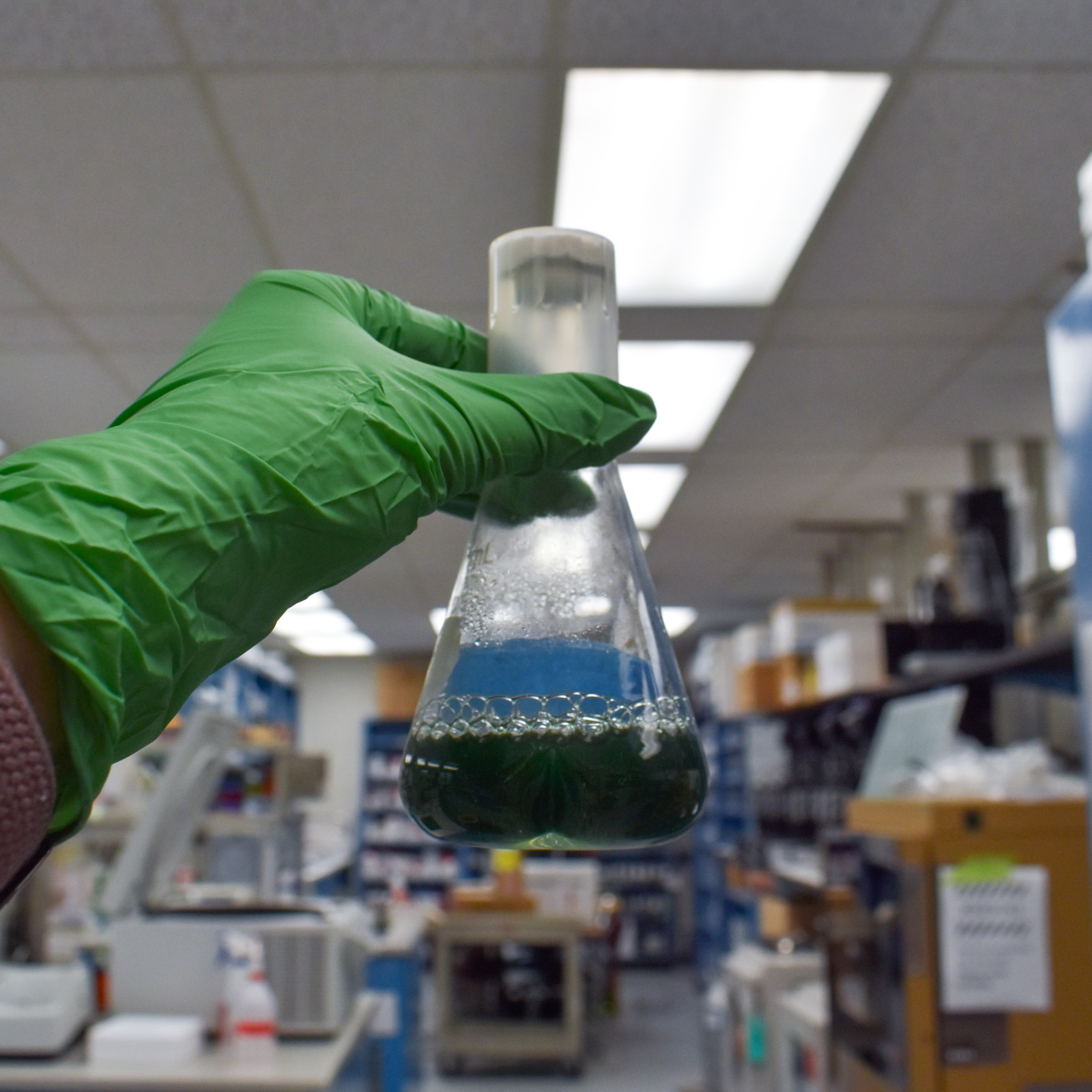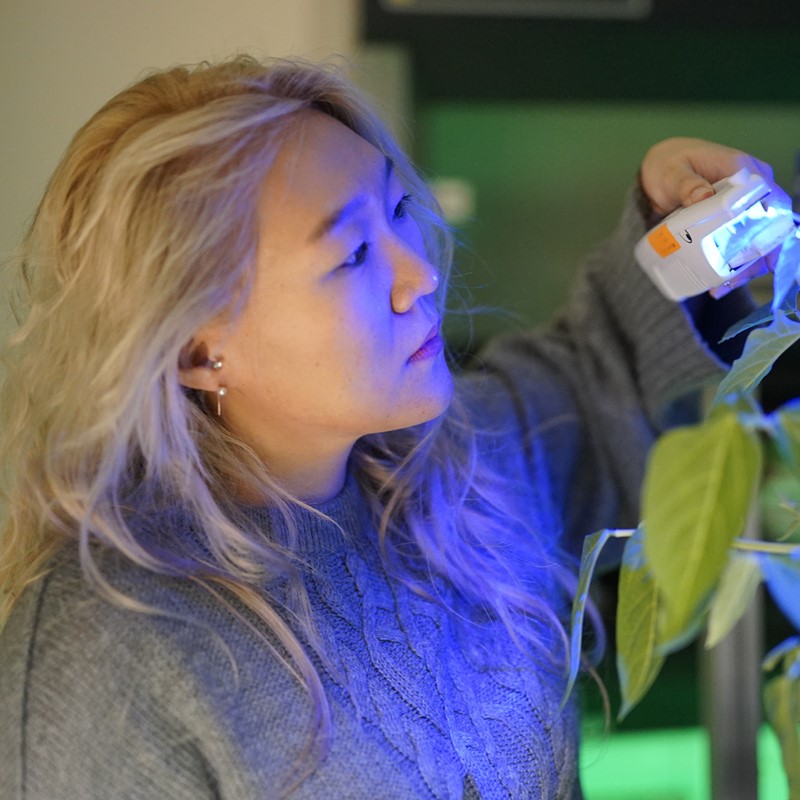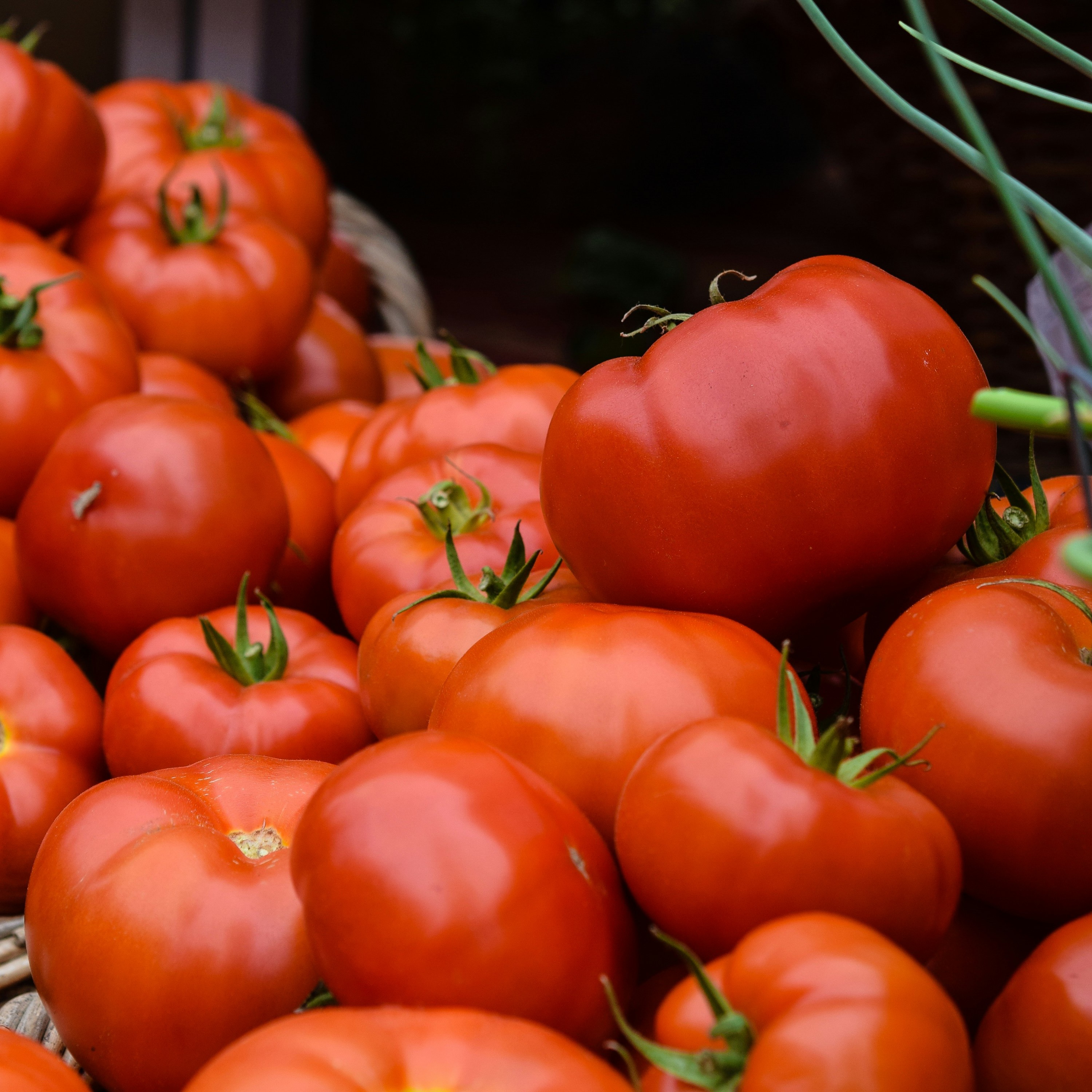Leaf under attack from bacteria? One way plants stop the spread of infection
A new study from MSU-DOE Plant Research Laboratory (PRL) scientists shows how the protein, CAMTA, helps trigger whole-plant immunity against bacteria. The study is published in the journal Molecular Plant.
Unlike us humans, plants can’t pack up and run when things go bad. Instead, they have evolved molecular tricks to survive different threats.
These tricks are very complex and not a simple matter of 'bunkering down' till a threat passes. Instead, plants take an 'all-hands' approach to survival.
Take the CAMTA protein system. One of its major roles is to fortify plants in anticipation of long periods of cold. Bone-chilling temperatures can cause freezing injury that limits crop productivity. The CAMTA proteins control the activation of genes that impart tolerance to freezing.
But years of research shows that CAMTA has another important job. A 2017 study from the Thomashow lab showed that it readies cold-affected plants to protect themselves from bacterial invasions. The idea is that plants will still get injured upon freezing, however well they prepare for the cold. And those injury sites are vulnerable to bacterial infection.
The new study suggests that CAMTA takes this protective role even further. When bacteria breach a leaf, CAMTA helps warn neighboring, unaffected leaves to prepare for possible invasion.
Warning beacon: Systemic acquired resistance
When a leaf is infected by a pathogen, the plant makes a chemical called salicylic acid (SA). An increase in SA levels tells the plant to activate hundreds of defense genes to counter the threat.
There is more. An infected plant also produces another chemical that takes on the role of messenger of doom. The chemical is called pipecolic acid (Pip).
"PIP, and another compound derived from it, travel to distant, unaffected leaves,” says Yong Sig Kim, a postdoc in the Thomashow lab. “They prime the pathogen defense response. If the unaffected leaves are infected, they can put up a strong defense response quickly.”
This warning system, called systemic acquired resistance (SAR), helps the whole plant become hypersensitive to pathogen attack. It is one way the plant tries to stop the spread of infection.
Playing a wider role
“We found that the CAMTA system also has a role in regulating this systemic acquired resistance,” says Michael Thomashow, University Distinguished Professor at the MSU-DOE Plant Research Laboratory. “Under normal conditions, CAMTA represses the production of Pip. When a pathogen is sensed, CAMTA repression is lifted, and Pip levels rise.”

By MSU-DOE Plant Research Laboratory, 2020
When Pip reaches the unaffected leaves, its message of doom causes the activation of those defense genes that usually respond to the primary defense signal, SA.
“We have proposed that Pip causes the distant leaf to become sensitive to the low levels of SA that are already present on site, resulting in the activation of systemic acquired resistance,” says Thomashow.
Work on CAMTA began back in 2008, and it is the scientist’s gift that keeps on giving.
"It keeps yielding new functions!” Kim says. “We started working on CAMTA due to our interest in cold stress. We then found this intimate connection to biotic stress. We are always asking ourselves: what else can CAMTA do?”
"Our big clue is that these proteins are huge and have fascinating gene profiles,” Kim says. “For example, CAMTA 3, the main protein we focus on, has around 1000 amino acids with many domains. Each domain may unlock a specific function."
Banner image of an Arabidopsis plant by INRA, Jean Weber, CC BY 2.0
By Igor Houwat, Yong Sig Kim, Michael Thomashow



